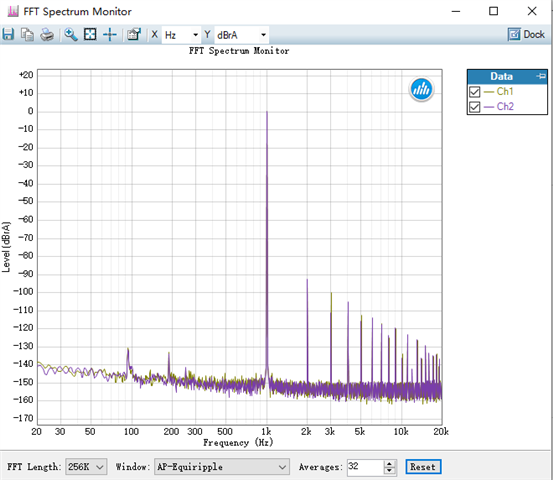Other Parts Discussed in Thread: TPS65131, , SA5534, SA5532
Hi team,
Here's an issue from the customer may need your help:
Designed with PCM1794A, backend IV SA5532, LPF uses SA5534. The op amp supplies ±12 V (TPS65131+TPS7A4701/TPS7A3301), circuit had referenced the evaluation board, 2.2 Vrms output.
The THD+N does not meet the 192k in the spec, 0.0015%, and the THD either cannot.
Currently 48k is at 0.00065%, 96k-0.0010%, 192k-0.0030%.
1) How to improve THD+N?
2) How to improve the signal-to-noise ratio which currently is only 121 dB?

Could you help check this case? Thanks.
Best Regards,
Cherry



